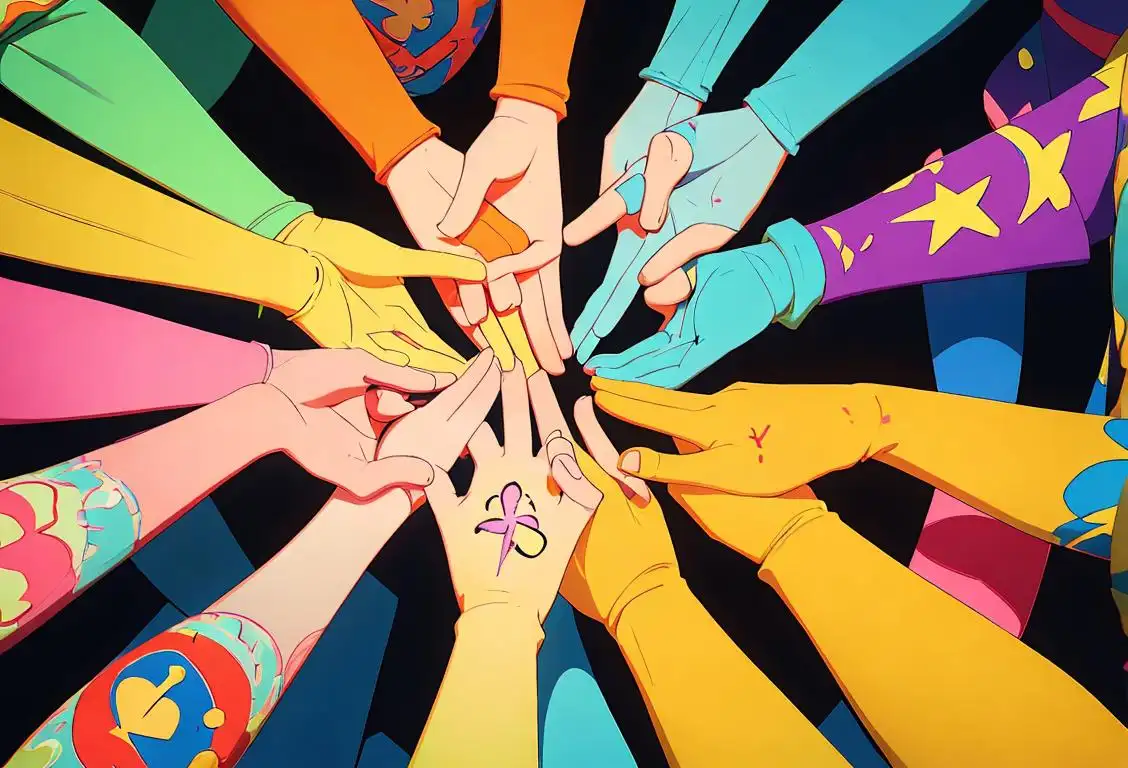National Safety Day

Who would have thought that a day would be set aside to celebrate...er, safety? And yet, here we are! National Safety Day doesn't boast of a glorious past filled with valor or an origin steeped in mysticism, but its importance and relevance is arguably unmatched. In our hurried lives, we often balance ourselves on the fine line between 'hurry up' and 'slow down, safety first', leaning more towards the former. National Safety Day is here to tip the scale back to balance!
When is Safety Day?
It's national safety day on the 4th March.
A Peep Into History
Welcome, folks! Grab your safety goggles, hard boots, and fluorescent jackets as we set out to excavate the details of National Safety Day. The National Safety Council of India took the initiative to launch this day back in 1972 on the 4th of March. Now, that's committed love for safety, isn't it?
The Surge of Popularity
Slowly but steadily, National Safety Day began finding mentions on the world wide web. Our reliable sources indicate around 2036 mentions of this day online. The most mentions were on 4th March 2021 (bad safety puns must've been through the roof that day!).
Why Do We Celebrate It?
Well, the answer’s pretty obvious, isn't it? To remember to not stick forks in toasters or to avoid wrestling with grizzly bears. More than that, it's to spread awareness about safety measures we tend to neglect in our everyday lives. It's a day to educate each other regarding safety protocols, at work, at home, or anywhere else.
Commemorating The Day
So how do you mark National Safety Day? Do you run a marathon wearing a safety vest? Or embark on a noble quest of assembling all the safety pins in the kingdom? Well, those are options (the latter sounds pretty adventurous) but traditionally, workplaces hold safety drills, workshops and safety oath taking ceremonies. At home, it's a good day to baby proof the house or have a chat about the importance of safety with your loved ones.
History behind the term 'Safety'
Early 13th century
Origin of the term 'safety'
The term 'safety' originated in the early 13th century from the Old French word 'saufte', which means 'security' or 'preservation from harm'. It stems from the Latin word 'salvitas', meaning 'well-being'. In the medieval context, safety referred to being protected from physical danger and harm.
Mid-16th century
Evolution of safety into broader meaning
During the mid-16th century, the term 'safety' began to encompass a broader meaning beyond just physical protection. It started to include the concept of being free from risk or danger in various aspects of life, such as personal, financial, and emotional security.
19th century
Industrial Revolution and focus on workplace safety
With the advent of the Industrial Revolution, the focus on safety shifted towards ensuring the well-being and protection of workers in factories and other industrial settings. Concerns about workplace hazards and accidents prompted the development of safety regulations and the establishment of occupational safety standards.
20th century
Advancements in safety technologies
The 20th century saw significant advancements in safety technologies, leading to improved safety measures in various domains. From the introduction of safety features in automobiles, such as seat belts and airbags, to the development of safety equipment for sports and recreational activities, innovation played a crucial role in minimizing risks and enhancing personal safety.
21st century
Digital era and cybersecurity
In the 21st century, safety has extended into the realm of digital security. As technology became integral to everyday life, concerns shifted towards protecting personal data, online privacy, and safeguarding against cyber threats. The term 'safety' now encompasses a wide range of aspects, including physical, financial, emotional, occupational, and digital security.
Did you know?
Did you know that the symbol for National Safety Day is a Red Cross on a white background? Not only does it look neat, but it also stands as a universal symbol of safety and assistance.Tagged
awareness fun rememberance safetyFirst identified
23rd April 2015Most mentioned on
4th March 2021Total mentions
2036Other days
Stop The Bleed Day
Safety Day
Unemployed Day
Cancer Survivors Day
Memorial Day
Bestfriends Day
Liberation Day
Heroes Day
Pumpkin Day
Suicide Prevention Day








